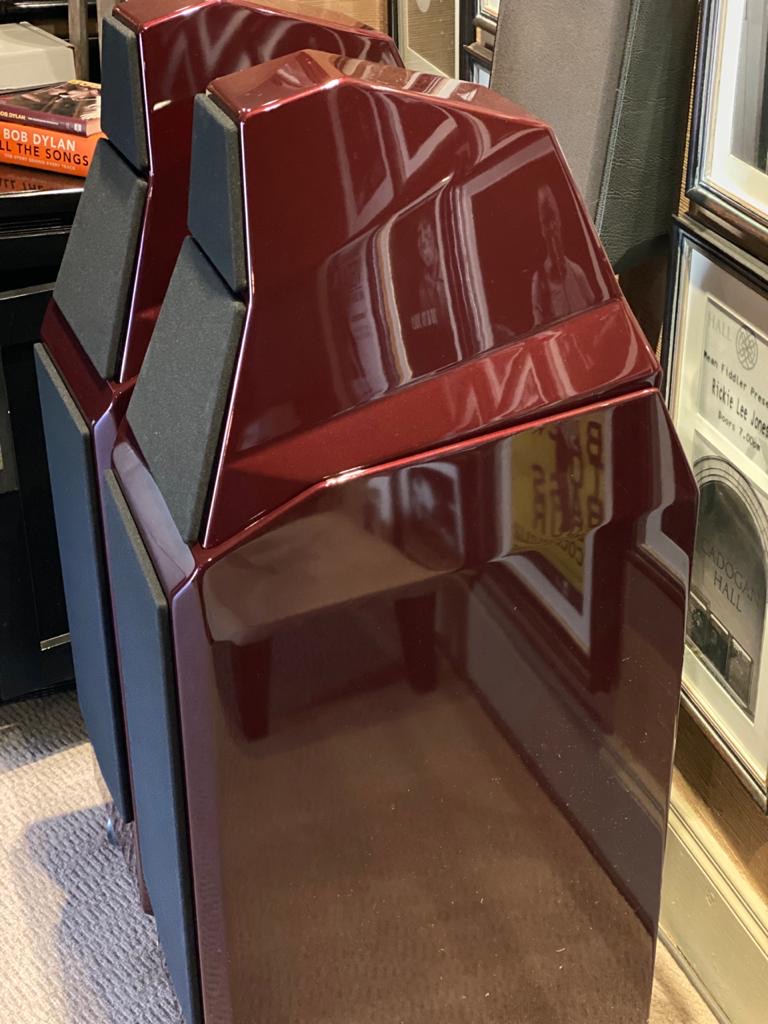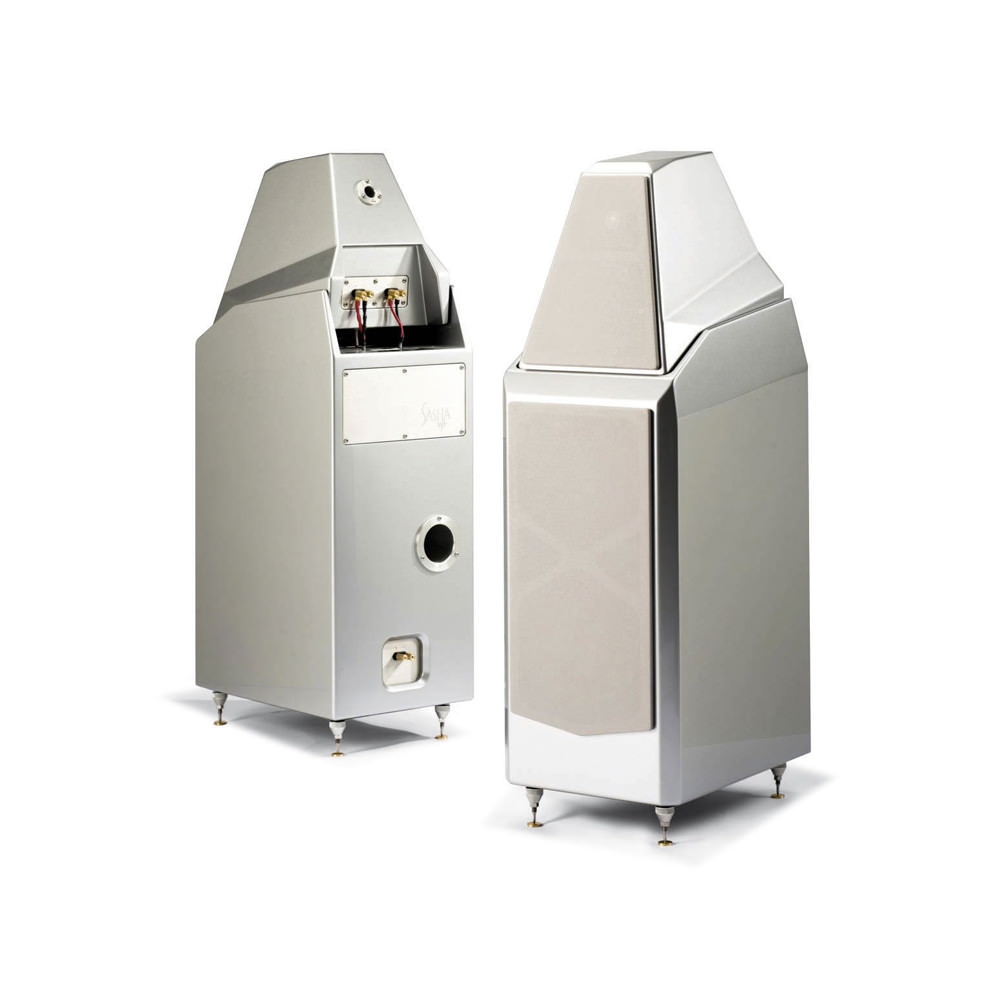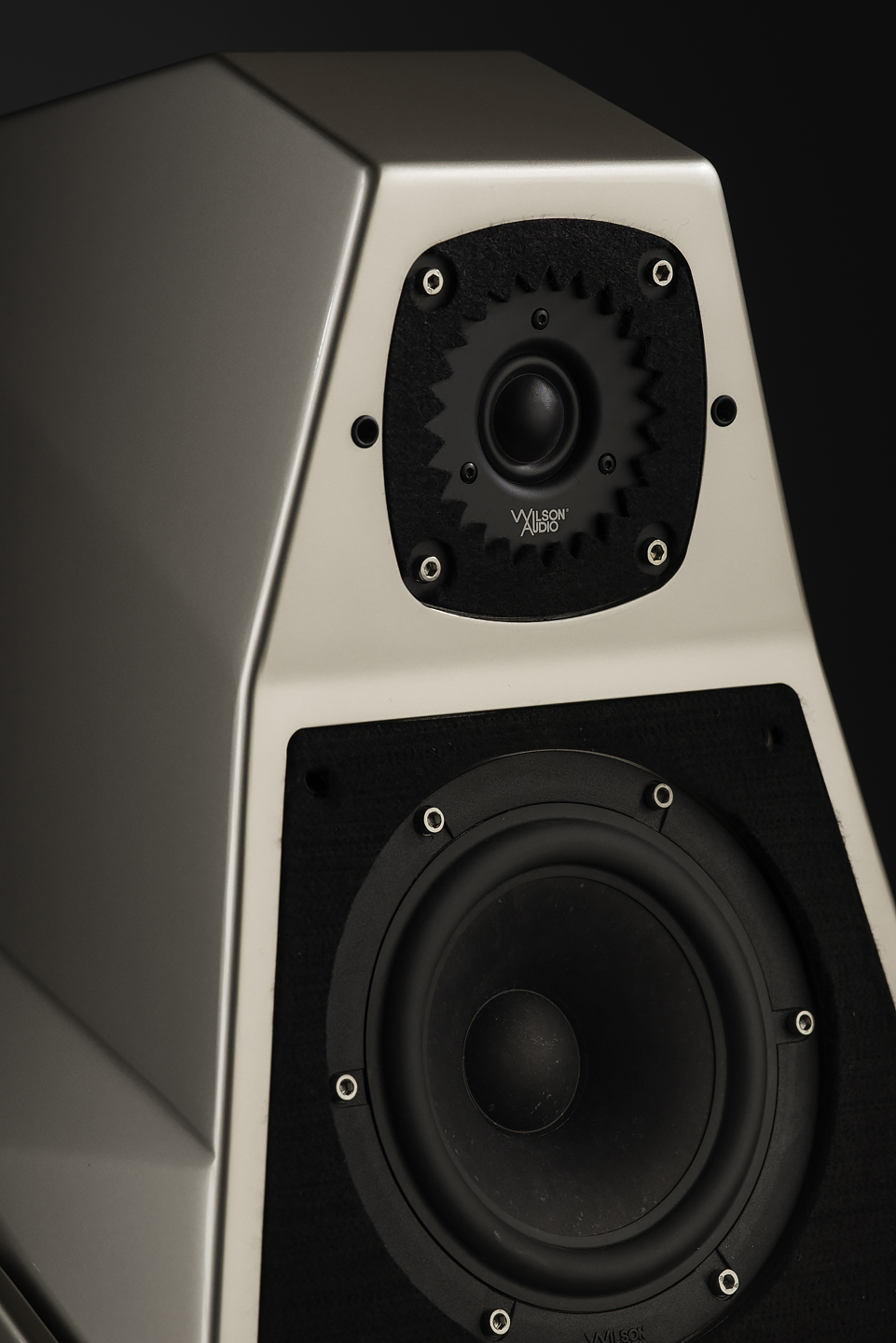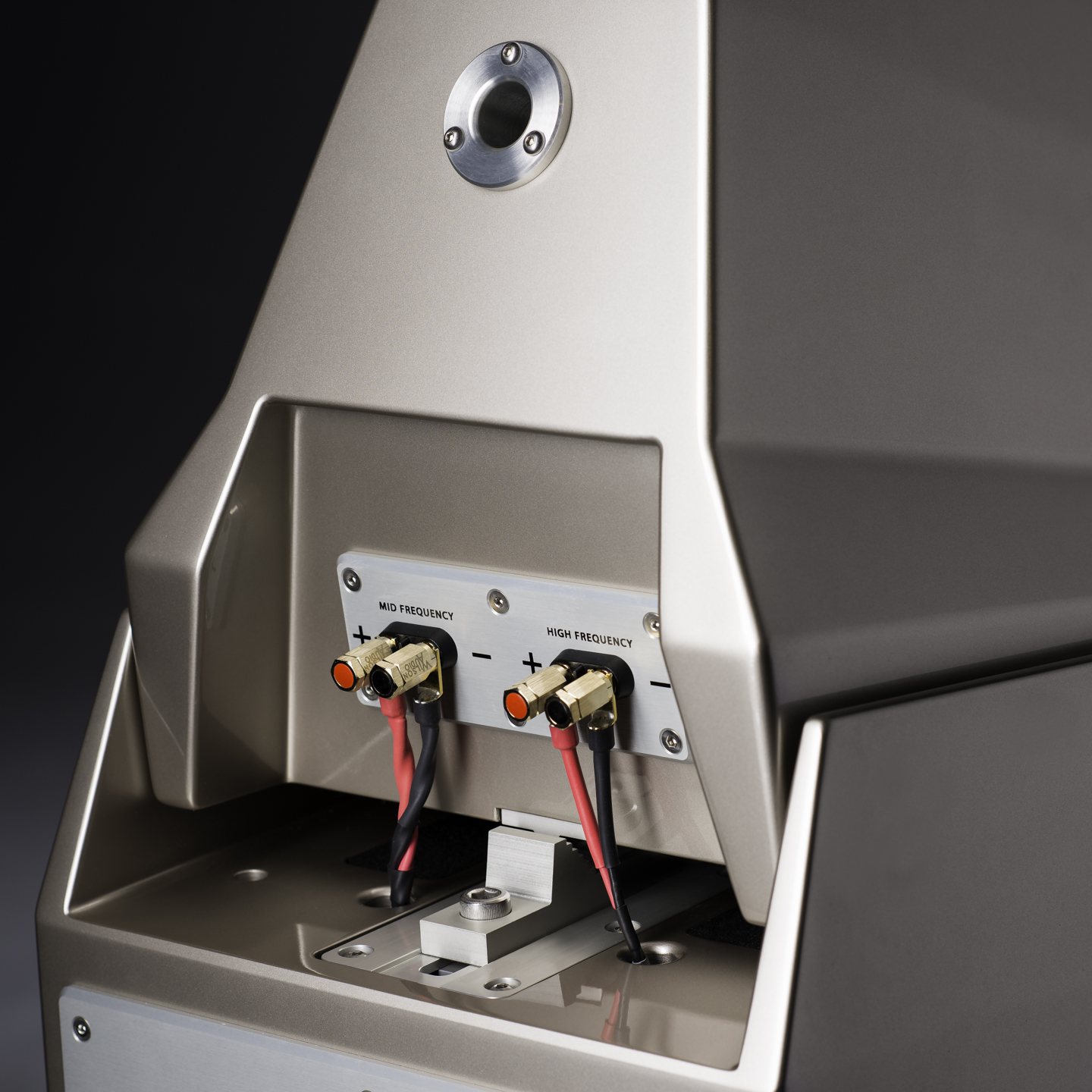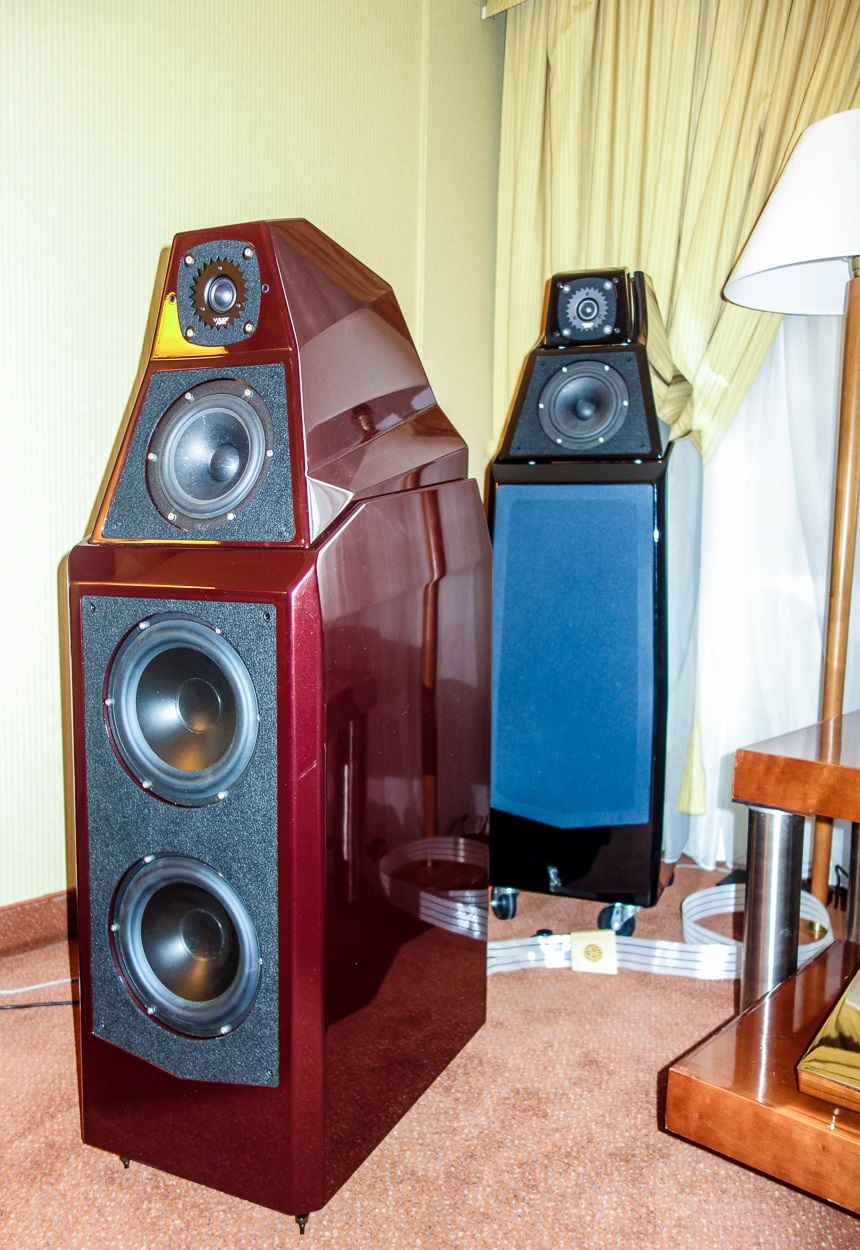Wilson Audio Sasha II (Deep Burgundy Red)
Manufacturer’s specs
Drivers
Enclosures & Materials
Measurements
Overall Dimensions
Given current audio fashion, there are high-profile speakers that offer more detail, top-end extension and transparency than the Sasha 2. Of course, listening biases are an ever-present consideration and there are those who will find Wilson’s soft-dome tweeter and “low-tech” driver materials quaintly old school and short of the resolution they require. To this I would caution that Wilson Audio, and in particular the Sasha 2, can justifiably claim to have “been there and done that.” Increasingly — and as should be clear from the discussion above — I am coming to believe that it’s not how much detail a speaker produces that matters, but what it does with it. You may or may not agree, but understand that the Sasha Series 2 is a prime example of this phenomenon.
A final consideration concerns the bottom end, which goes deep enough and with sufficient weight and authority to satisfy, if not deep enough to truly convince, at least on large-scale orchestral works. That (I’m sure that Wilson would argue) is where the Alexia and Alexx come in — at a price. What the Sasha Series 2 delivers is a beautiful balance between bandwidth and size, drive requirements and domestic impact. What is less obvious is that it also offers a stepping stone to bigger and better things
Conclusions
Most other loudspeakers of my experience have been easier to describe, arguably because they embodied flaws that the Sasha W/P does not. But what sort of praise is that, to commend someone by listing the sins he didn’t commit?
Over the years, I’ve become adept at dealing with certain sorts of performance flaws—not by ignoring them but by accepting them more thoughtfully (I would hope). And, rightly or not, coincidentally or not, I admit that I’ve progressed to where, in exchange for exceptional performance in certain regards, I virtually expect a certain amount of failure in others. An example: I thoroughly love my Audio Note AN-E speakers, corner mounting and cupped-hands colorations on voices and all, because they are so superior to most speakers I’ve had at home in their punch and emotiveness, and in their ability to be that way with so little amplifier power. They’re wonderful things, and I’ll surely always recommend them.
Yet the fact remains: As I noted with its less expensive predecessor, the Sophia Series 2, the Wilson Audio Sasha W/P was just as musical in its own way—just as emotive, if not quite as stirring and dramatic with the amps I love best, and capable of just as much texture and color—while also sounding clearer and more explicit and more spatially convincing. Instruments and voices that sounded real and present and human through the Audio Notes had much the same qualities through the Sashas—and yet the Wilsons brought those things a little closer to my chair, a little farther into the room, and made them clearer and easier to understand. This is everything a $26,900/pair product should do when compared against an already excellent $7000/pair product.

